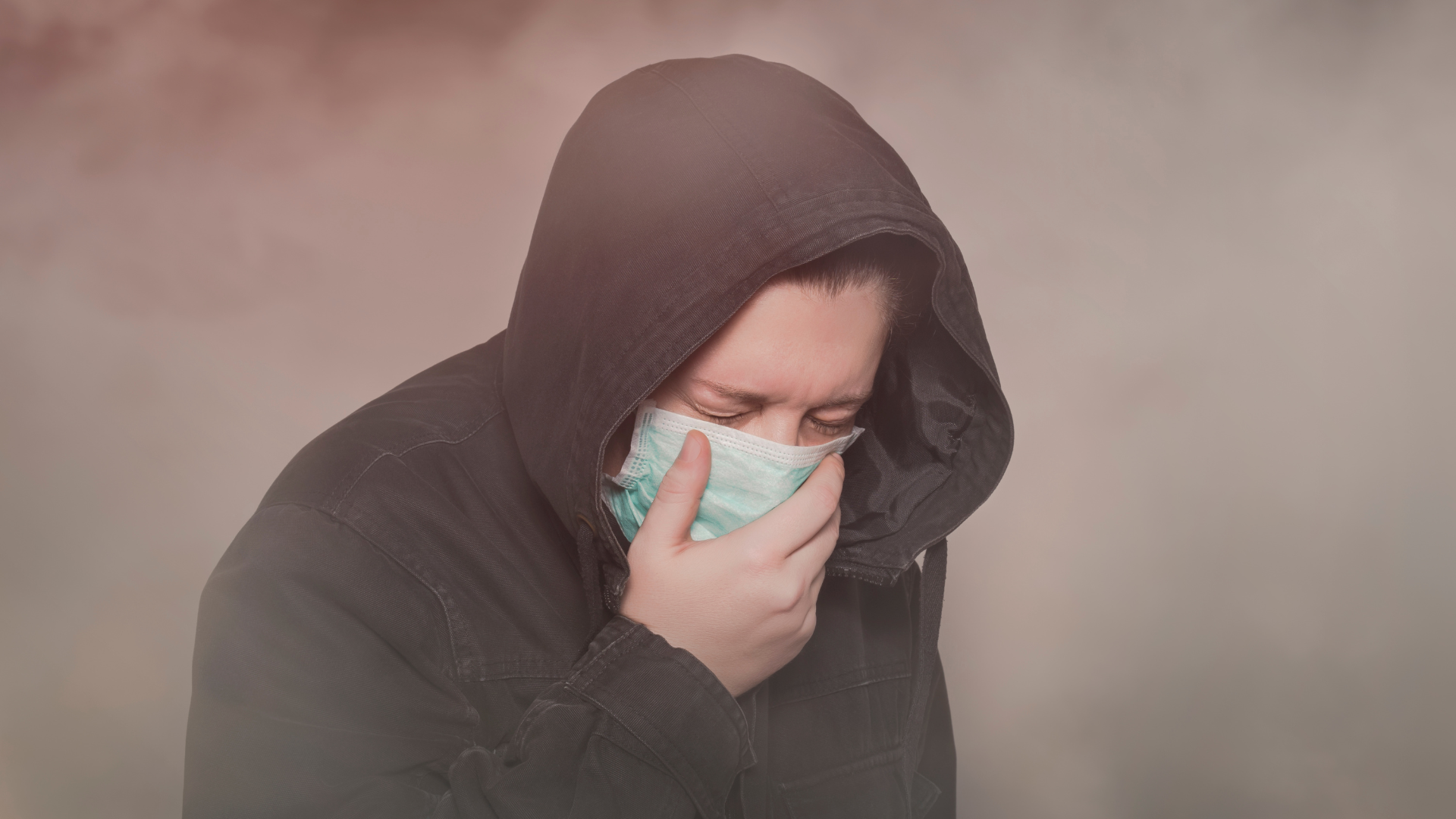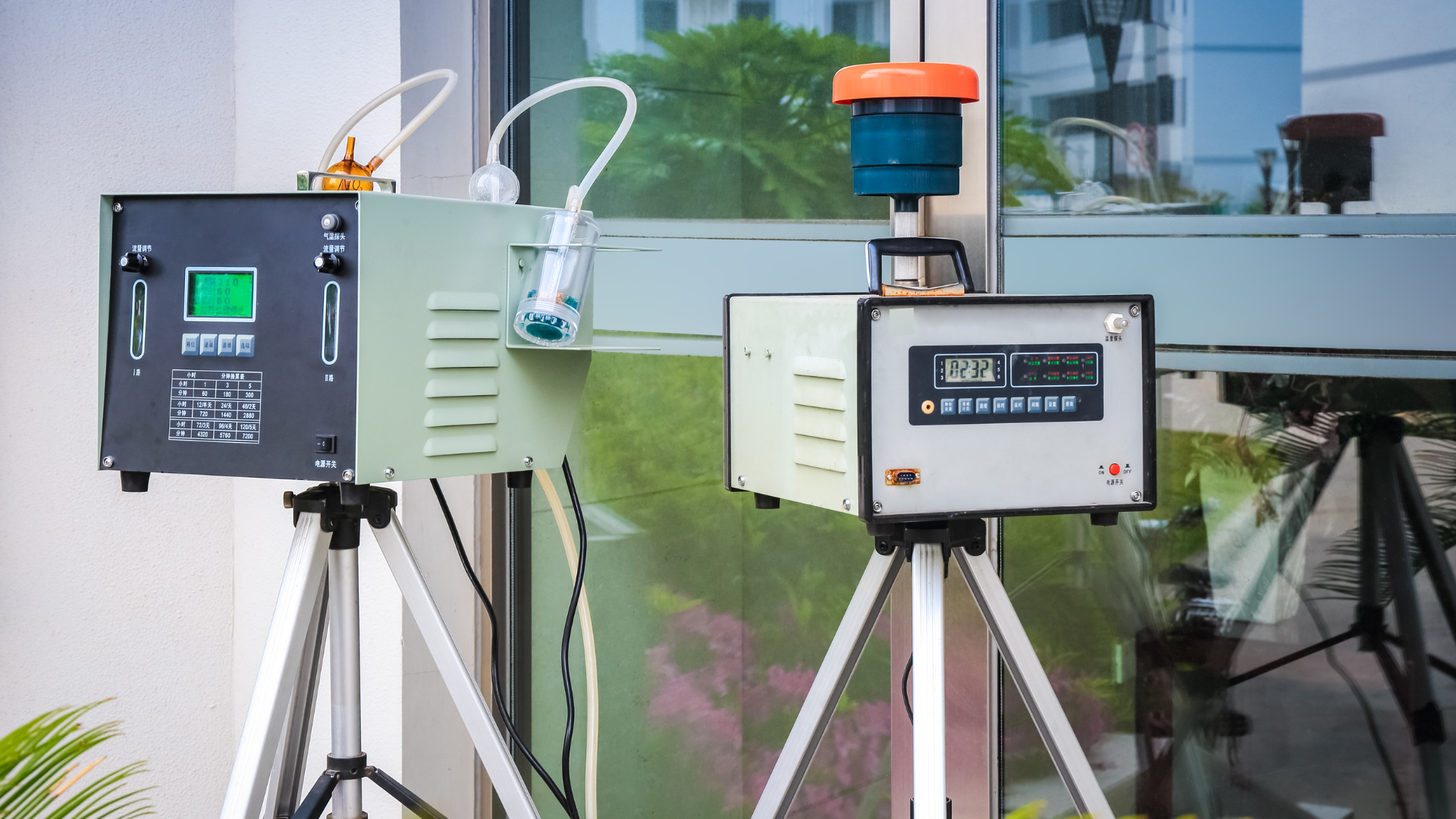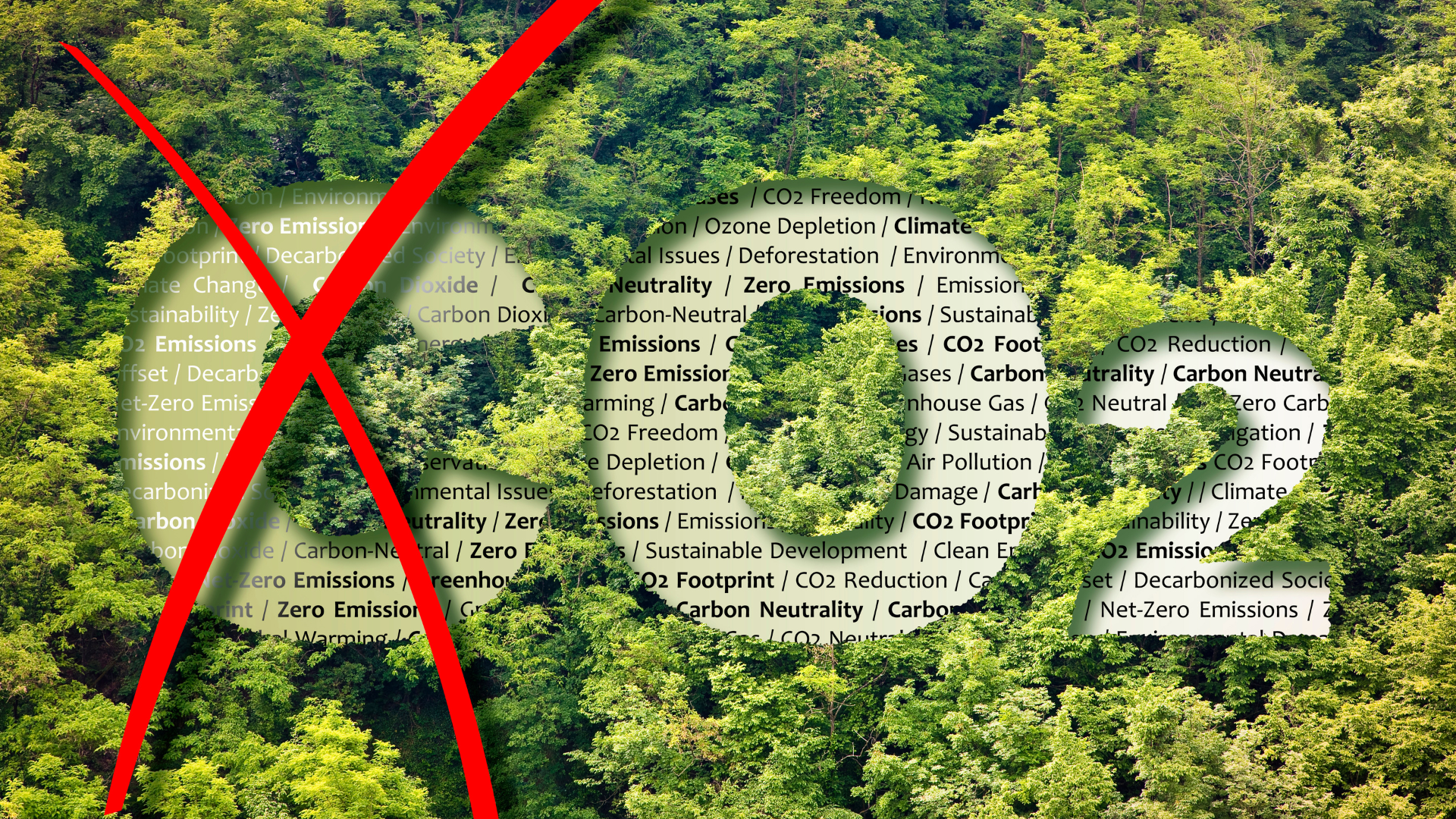Air Quality in Phoenix: Challenges and Solutions
The Greater Phoenix Area, part of the sprawling Sonoran Desert, is known for its sunny climate, breathtaking desert landscapes, and rapid urban expansion. However, with its rapid growth has come a significant environmental challenge: air quality. The Greater Phoenix Area consistently faces issues related to air pollution, and understanding the causes, consequences, and solutions is essential for residents and policymakers alike.
 The Causes of Poor Air Quality
The Causes of Poor Air Quality
Phoenix's air quality problems primarily stem from a combination of natural and human-made sources. Some key contributors include:
Vehicle Emissions: Phoenix’s growing population leads to increased traffic congestion, contributing to elevated levels of nitrogen dioxide (NO₂), carbon monoxide (CO), and volatile organic compounds (VOCs). These pollutants are precursors to ground-level ozone, a major issue in the region.
Industrial Pollution: The area hosts a variety of industrial operations, from power plants to manufacturing facilities. These industries emit particulates, sulfur dioxide (SO₂), and other pollutants that contribute to smog and haze.
Dust and Particulates (PM10 and PM2.5): Dust storms, known locally as "haboobs," are common in the Phoenix area due to its desert location. These storms stir up large amounts of particulate matter (PM10 and PM2.5), which are tiny particles that can penetrate deep into the lungs and even enter the bloodstream.
Climate Conditions: The climate in the Phoenix area exacerbates air quality problems. High temperatures accelerate the chemical reactions that create ozone, while temperature inversions (when warm air traps cooler air near the surface) can prevent pollutants from dispersing, leading to higher concentrations of pollution.
Wildfires: Increasingly, wildfires in Arizona and neighboring states have worsened air quality. Smoke from these fires can travel hundreds of miles, contributing to poor air quality days in Phoenix, especially during the summer and fall.
 Health Impacts
Health Impacts
The health effects of poor air quality in Phoenix can be concerning. Vulnerable populations such as children, the elderly, and those with pre-existing respiratory or cardiovascular conditions are particularly at risk. Common health issues linked to air pollution include:
Respiratory problems: Air pollution can exacerbate conditions like asthma, bronchitis, and chronic obstructive pulmonary disease (COPD).
Cardiovascular disease: Prolonged exposure to air pollution has been linked to heart attacks, strokes, and other cardiovascular issues.
Premature death: According to studies, long-term exposure to particulate matter and ozone pollution increases the risk of premature death.
The Arizona Department of Environmental Quality (ADEQ) frequently issues high pollution advisories, particularly during the summer months, warning residents to limit outdoor activities on days when air quality is poor.
 Air Quality Monitoring
Air Quality Monitoring
To address these issues, a robust air quality monitoring system has been implemented. The Maricopa County Air Quality Department operates multiple air monitoring stations across the valley to track pollutants such as ozone, particulate matter, carbon monoxide, and sulfur dioxide.
The data from these stations are used to inform residents of current air quality conditions via the Air Quality Index (AQI). The AQI is a color-coded system that provides real-time information about air quality levels and associated health risks. It helps the public make informed decisions, particularly regarding outdoor activities.
Additionally, ADEQ has launched educational campaigns to raise awareness about air quality and its health impacts, encouraging residents to adopt behaviors that reduce pollution, such as using public transportation, carpooling, and avoiding wood-burning during high pollution advisories.
 Efforts to Improve Air Quality
Efforts to Improve Air Quality
Significant strides in addressing air quality challenges have been made through various initiatives:
Transportation Initiatives: Expansion of the public transportation system, including the light rail network reduces vehicle emissions. Incentives for electric vehicle (EV) adoption and the installation of EV charging stations have also been prioritized.
Regulatory Measures: Maricopa County has implemented strict regulations on industrial emissions and construction dust control. These regulations are designed to minimize the release of particulates and other pollutants into the air.
Green Infrastructure: Green infrastructure investments mitigate the heat island effect, which contributes to ozone formation. Planting trees, increasing green spaces, and promoting sustainable building practices all help improve air quality over time.
Clean Air Campaigns: The Maricopa County Trip Reduction Program encourages employers to adopt telecommuting, carpooling, and other practices that reduce the number of single-occupancy vehicles on the road. Public awareness campaigns also promote actions such as reducing idling time for cars and using eco-friendly products.
Partnerships: The city collaborates with state and federal agencies, local universities, and non-profits to conduct research and develop solutions aimed at reducing air pollution. For example, the Environmental Protection Agency (EPA) works with cities in the Phoenix area through its "Advance" program to implement clean air strategies tailored to the region's needs.
 Looking Ahead
Looking Ahead
While significant progress has been made, our area still faces challenges in maintaining good air quality, particularly with continued population growth and climate change. Our future efforts will likely need to focus on:
Climate adaptation strategies: As temperatures rise, we may need to invest more in cooling solutions and alternative energy sources to reduce its reliance on fossil fuels.
Public engagement: Continuing to educate and engage residents on the importance of air quality will be essential for community-driven solutions.
Technology and Innovation: Leveraging technology such as air quality sensors, data analytics, and pollution control innovations can offer new ways to combat air pollution in the region.
#AirQuality #ArizonaVehicleEmissions #ArizonaClimateImpacts #ArizonaWildfires #AirQualityMonitoring #ImrpoveAirQuality #CopperCulturalImpacts #HealthImpactsAIrQuality
Resources
Arizona Department of Environmental Quality (ADEQ): https://azdeq.gov/
Maricopa County Air Quality Department: https://www.maricopa.gov/530/Air-Quality
Environmental Protection Agency (EPA) - Phoenix Advance Program: https://www.epa.gov/advance
Phoenix Air Quality Index (AQI) Data: https://www.airnow.gov/



